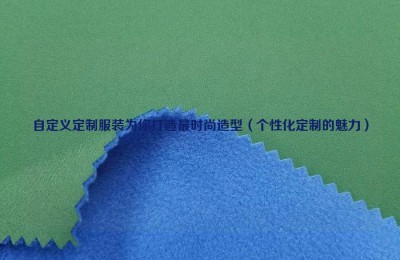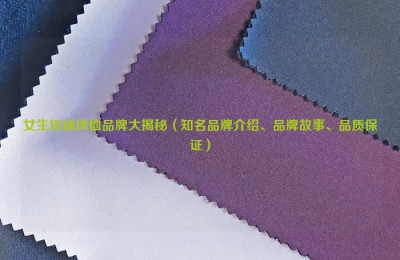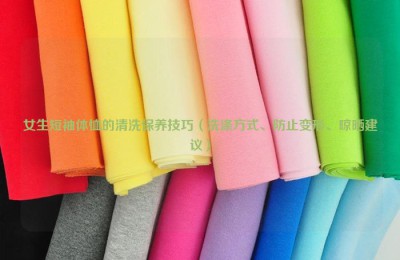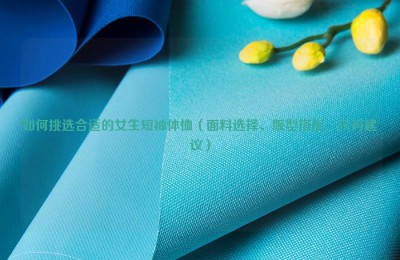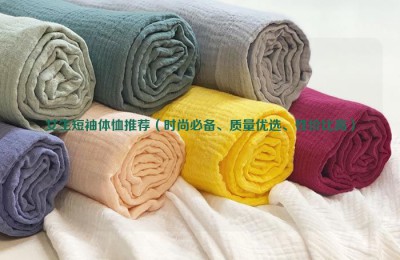Regardless of the difference in impurities, moisture regain, color and fineness of the lint, the traditional ginning process has basically the same production process. The lint is initially processed through a brad cylinder, a sawtooth cylinder or a set of brad and sawtooth hybrid cylinders. Processed and then cleaned with finer serrated wood. This traditional ginning production has neither accurate and rapid detection technology nor automatic quality monitoring system. Therefore, the quality indicators of the processed raw cotton are not ideal. 1. Overseas, large-capacity raw cotton quality detectors (HV1) and Afis detectors were used to test the quality of raw cotton before and after ginning. It was found that the quality of lint cotton with different moisture regains and impurities after ginning was very different. If the lint moisture regain is 4.1%, 5.5%, and 2.4% respectively, conduct a group ginning processing test and find that in addition to the increase in short lint, the neps content changes greatly. When using two cleaning machines to process lint, the lint moisture regain dropped from 8.4% to 4.1%, and the neps were reduced by 38%. 2. Different lint rolling methods produce different amounts of neps. Afis-N rapid nep content tester is used abroad to process the same lint on roller cotton and sawtooth cotton. The neps produced are very different. Cotton contains 200-250 neps, with a maximum of 450 neps, while roller cotton only has 150 neps/g. Due to the different neps content, the neps content of the semi-finished products in the downstream process is obviously affected. As shown in Table 3: 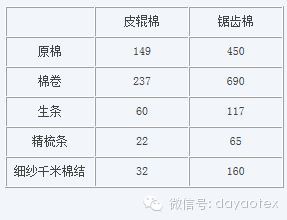
Table 3: Raw cotton produced by different ginning methods and each process Nep content comparison. 3. Many ginning equipment in the United States are controlled by electronic computers for quality monitoring. After the lint with different moisture regains and impurities is detected by sensors, the electronic computer controls the ginning process and applies Zellweger’s intelligent monitoring system to realize ginning production. online monitoring. The optimization process of raw cotton with different moisture regain and impurities is carried out in a targeted ginning process. After ginning, the neps content of raw cotton is reduced. A set of intelligent ginning monitoring technology, with sensors set up in three air transport channels to automatically monitor lint processing, can realize human-machine dialogue, online adjustment, feeding and ginning speed, and is equipped with appropriate units to optimize ginning production to adapt to Lint processing under different conditions such as moisture resurgence and impurity content. The online monitoring technology of foreign ginning production mainly controls indicators such as fiber neps, seed shell neps, impurities and short lint, which is a major progress in ginning production. 4. The management of raw cotton quality in developed countries has entered the stage of package-by-package inspection, and the large-capacity cotton quality inspection instrument (HV1) is used. Regarding the differences in nep content due to different seasons, maturity, origin, picking and ginning methods, through package-by-package inspection, we can find out the quality of raw cotton and the difference in nep content, so that the quality of raw cotton in the entire country or region is completely under management. , to ensure the product quality of spinning and weaving. For example, a textile factory in the United States inspected the cotton bales entering the factory one by one and found that there were significant differences in neps content between bales, see Table 4 In Table 4, the neps content of groups 3 and 7 is particularly high, so they are eliminated and used to stabilize the nep content of raw cotton at 210 levels, ensuring spinning quality. Spinning production can also optimize the cotton blowing and carding process based on the package-by-package inspection results, take corresponding technological measures to reduce neps, and use correct cotton blending methods to stabilize the quality of raw cotton entering the workshop during production.
In Table 4, the neps content of groups 3 and 7 is particularly high, so they are eliminated and used to stabilize the nep content of raw cotton at 210 levels, ensuring spinning quality. Spinning production can also optimize the cotton blowing and carding process based on the package-by-package inspection results, take corresponding technological measures to reduce neps, and use correct cotton blending methods to stabilize the quality of raw cotton entering the workshop during production.
AAAZXCASFWEFERH
Effect of Ginning Production on Nep Content Composite Fabric Information
Regardless of the difference in impurities, moisture regain, color and fineness of the lint, the traditional ginning process has basically the same production process. The lint is initially processed through a …
This article is from the Internet, does not represent Composite Fabric,bonded Fabric,Lamination Fabric position, reproduced please specify the source.https://www.yjtextile.com/archives/37363


